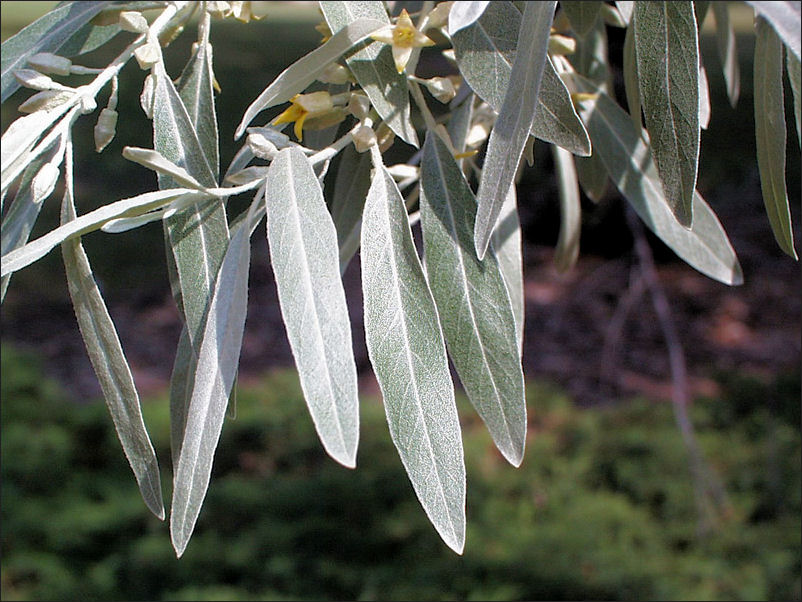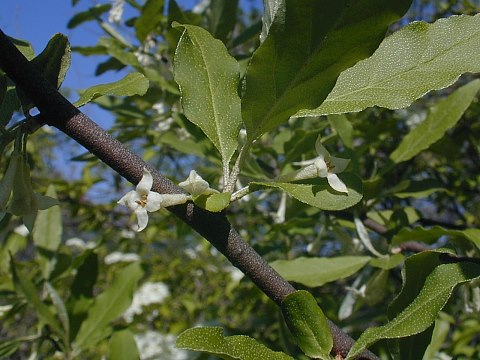autumn olive tree bark
As it ages the bark becomes light gray to gray-brown. The branches have large thorns.
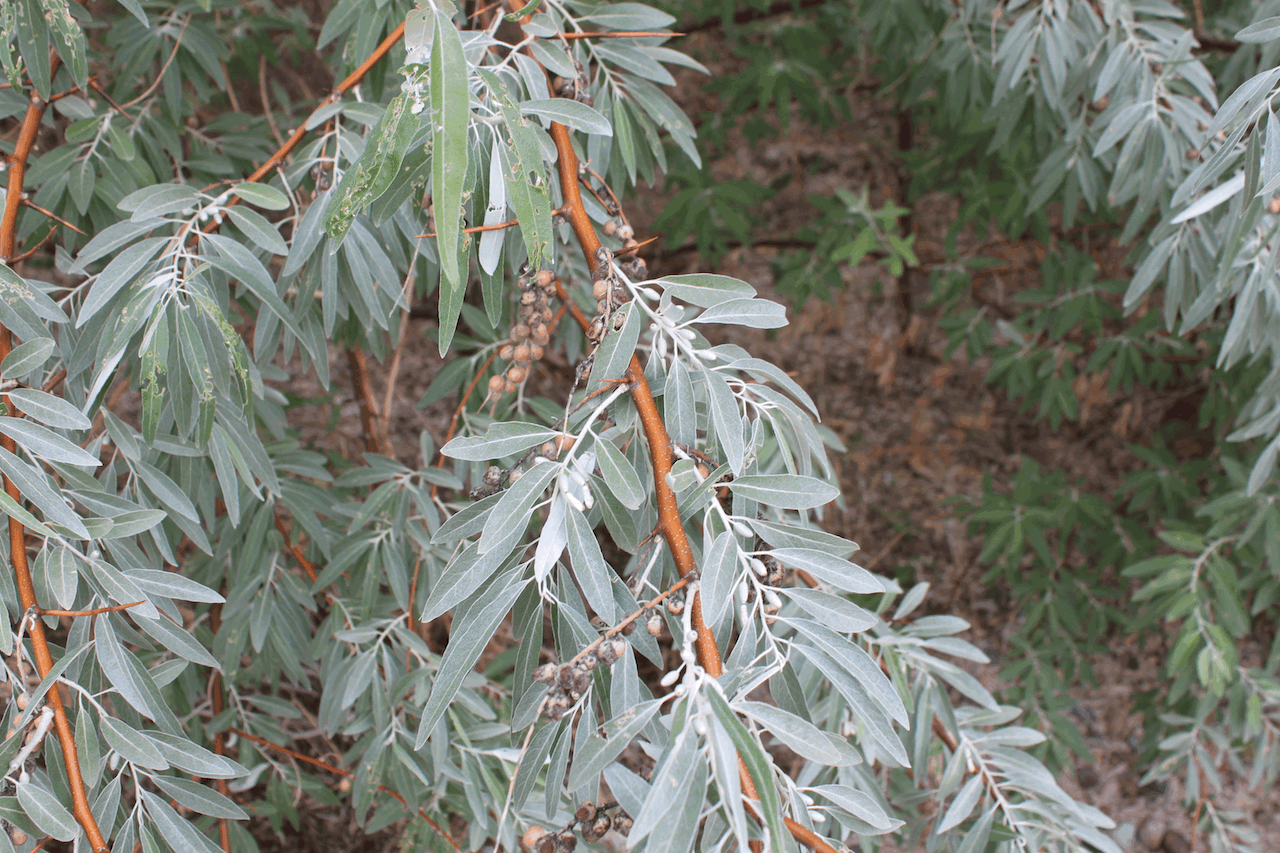
Washington State Noxious Weed Control Board
The borer feeds by digging galleries in the olive bark this cuts the sap flow and dries the olive branches.
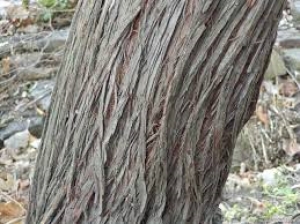
. These shrubs form nitrogen-fixing. Elliptical 2-3 long glossy green above and silver y below. Gray fibrous bark of autumn olive.
The thorns on young branches are typically quite long so take care when youre scouting out possible foraging locations. Autumn olive Elaeagnus umbellata is a nitrogen-fixing shrub or small tree native to East AsiaIt was introduced into North America in the 1830s. From Asia autumn olive is a fast-growing woody shrub or tree that can attain 20 feet in height.
Twigs are slender silvery and scaly with some lateral twigs pointed like thorns. Perennial deciduous shrub up to 10-15 tall and wide usually very branched with silvery andor brown scales along twigsSome plants bear 1 woody spines. The Minnesota Department of Natural Resources provides detailed recommendations for reporting invasive species.
12 inches above the ground. Introduced to the US. Autumn olive is on the USDA terrestrial invasive plants list.
Autumn olive is a nitrogen-fixing plant that changes soil chemistry and disrupts native plant communities. Autumn olive Elaeagnus umbellata Thunb is a large deciduous shrub capable of forming dense thickets in West Virginia pasturesIt was introduced to North America in the 1800s and is native to eastern Asia. Autumn olives are easy to identify.
Autumn olive is also used for. The fragrant small white flowers reach. Autumn Olive Elaeagnus umbellata.
Autumn olives dense form is also good for nesting and protective cover. The leaves emerge early in the spring. Individual plants may reach heights of 20 ft and can be easily distinguished by their leaves which have a lustrous silvery appearance.
They are tubular with four petals and stamens and are. Simple alternate tapered at both ends distal end may be blunt-tapered 1-3 long leaf edges entire but crinklywavy. Autumn Olive Identification.
With age the bark becomes light gray to gray-brown. It grows rapidly and can reach a height of 20 feet. Autumn olive Elaeagnus umbellata is a deciduous shrub native to Asia that has spread as an invasive species throughout the United States.
Both were introduced for landscaping roadbank. The bark is somewhat olive drab with many white lenticels. 2019 Status in Maine.
It is usually a little taller than wide. Autumn Olive Bark The twigs on a young autumn olive tree are a lighter shade of brown with a silvery patina youll also see small tawny-colored scales speckling the branches. This shrub with scattered thorny branches can grow 3 to 20 feet tall.
Use a hand sprayer to apply 1 to 2 percent triclopyr or glyphosate the following spring to control resprouting. Autumn olive should be reported. Autumn and Russian olive are non-native upright deciduous shrubs that commonly reach heights up to 20 feet tall.
It has simple alternate oval leaves with silvery undersides but not as silvery as Russian olive. Chemical control and combined methods. Commonly known as olive tree borer this olive grove is produced by the borer black Hylesinus Oleiperda Fabricius 1792 and Phloeotribus Scarabaeoides Bern 1788.
Elaeagnus umbellata autumn olive berry and Elaeagnus multiflora goumi berry are also in this family. Eventually the branches and main stems fissure to expose light brown inner bark. They are a multi stemmed tree that grows up to 20 feet tall and 30 feet wide.
Distribution and Habitat Autumn olive is found from Maine to Virginia and west to Wisconsin in grasslands fields open woodlands and other disturbed areas. It has dark green alternate leaves that are oval to lance shaped with smooth wavy margins. The central trunk on mature shrubs if any is short.
Foliar treatment during the growing season may be the only practical method for large dense infestations of autumn olive. Silvery-gray and smooth with whitish lenticels. It has gray bark that is split and furrowed.
Branches and main stems are glossy and olive with many whitish dots becoming light gray to gray brown with age. This is a woody shrub about 10-20 tall that branches frequently. Once established it can eliminate most other plant species.
Both species are widely distributed in the United States since planting began in the mid-1800s to provide food and cover for wildlife ornamental use road bank stabilization erosion control strip mine reclamation and shelterbelts. The bark is gray. Autumn olives young twigs are silvery with brownish scales giving them a speckled appearance.
Tubular 4-petaled flowers of autumn olive. Thorns on young branches may be quite long. Up to 20 feet tall.
Autumn olive has fragrant cream or light yellow flowers. Introduced in 1830 as an ornamental plant that could provide habitat and food to wildlife Autumn olive was widely planted by the Soil Conservation Service as erosion control near roads and on ridges. Autumn olive was introduced into the United States in 1830 and widely planted as an ornamental for wildlife habitat as windbreaks and to restore deforested and degraded lands.
Autumn olive invades open and forested natural areas as well as roadsides and agricultural fields. Autumn elaeagnus oleaster silverberry spreading oleaster. Russian olive is a medium-sized deciduous tree that is drought-resistant.
Autumn Olive Elaeagnus umbellata Oleaster family Elaeagnaceae Description. BranchesTwigs Autumn olives young twigs are silvery with brownish scales giving them a speckled appearance. Elaeagnus angustifolia commonly called Russian olive is native to Europe and Asia and is a riparian tree in the Elaeagnaceae family.
Cut stump and basal bark treatments can be conducted throughout most of the year outside of early spring but may be most effective during late summer into fall Munger 2003. Is commonly sold at very inexpensive prices through state government programs and other conservation organizations. Solitary whitish 4-petaled mid-June.
Thorns on young branches may be several inches long. Weedy deciduous shrub measuring 20 by 20. They are silver in color maturing to green.
Height This bush can reach heights up to 6 metres 18 under optimum conditions. Autumn olive Elaeagnus umbellata Fact Sheet Description. It thrives in high light conditions where it can produce numerous fruits.
When there are high populations of borer the damages can be considerable. Basal bark applications can be made with a hand sprayer and should be performed during the dormant season to minimize risk to nontarget species. Autumn Olive Russian Olive Autumn olive branch.
AUTUMN OLIVE Elaeagnus umbellata RUSSIAN OLIVE Elaeagnus angustifolia IN BRIEF Closely-related Autumn olive and Russian olive grow as shrubs or small trees.

Russian Olive Nonnative Invasive Plants Of Southern Forests A Field Guide For Identification And Control

Photo Of The Stem Scape Stalk Or Bark Of Russian Olive Elaeagnus Angustifolia Posted By Springgreenthumb Garden Org

Autumn Olive Invasive Species How To Control It

Virginia Tech Dendrology Fact Sheet

Russian Olive Woody Invasive Species Of The Great Lakes Basin
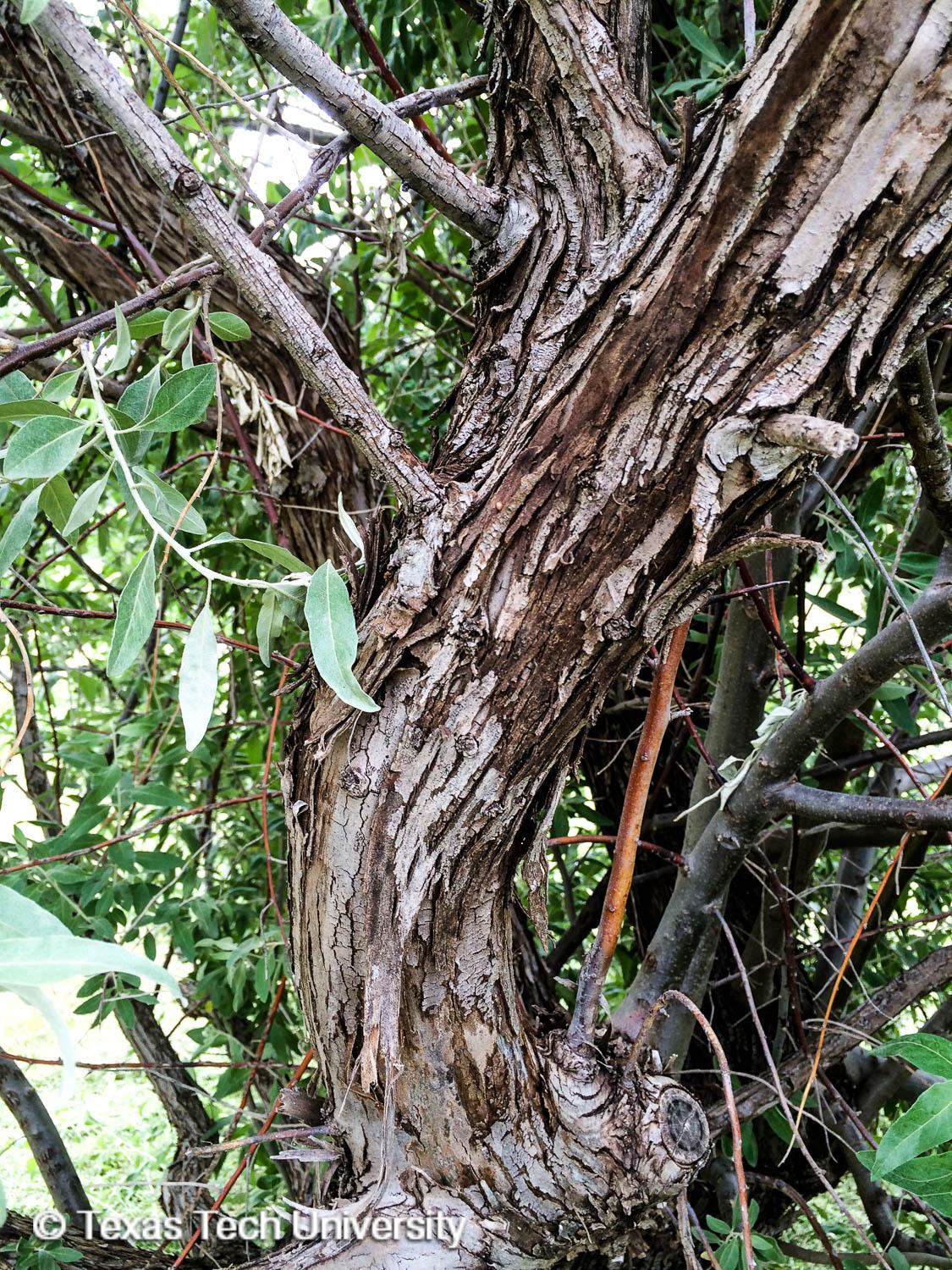
Russian Olive Plant Resources Home Ttu
Russian Olive Jefferson County Co

Autumn Olive Nonnative Invasive Plants Of Southern Forests A Field Guide For Identification And Control
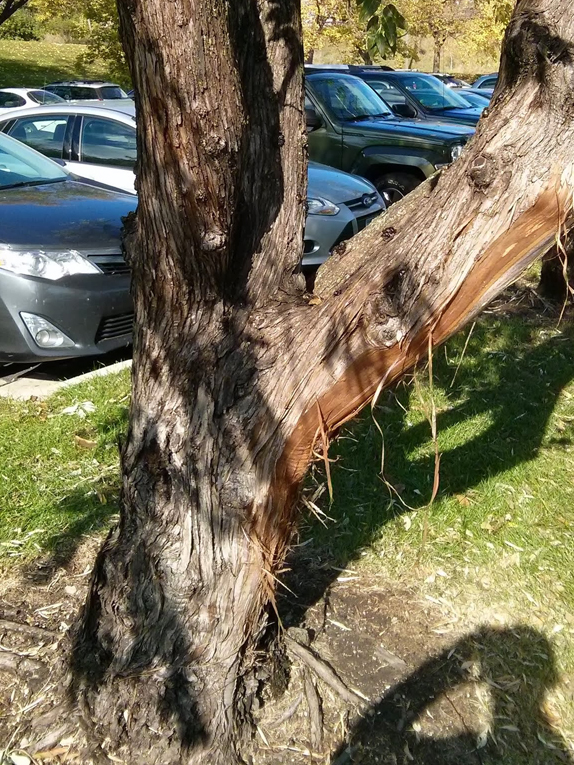
Basic Tree Tree Identification Regional And Community Forestry School Of Natural Resources Unviersity Of Nebraska Lincoln

Fairmount Heritage Foundation Denver Co Funeral Home Cremation
Minnesota Seasons Russian Olive
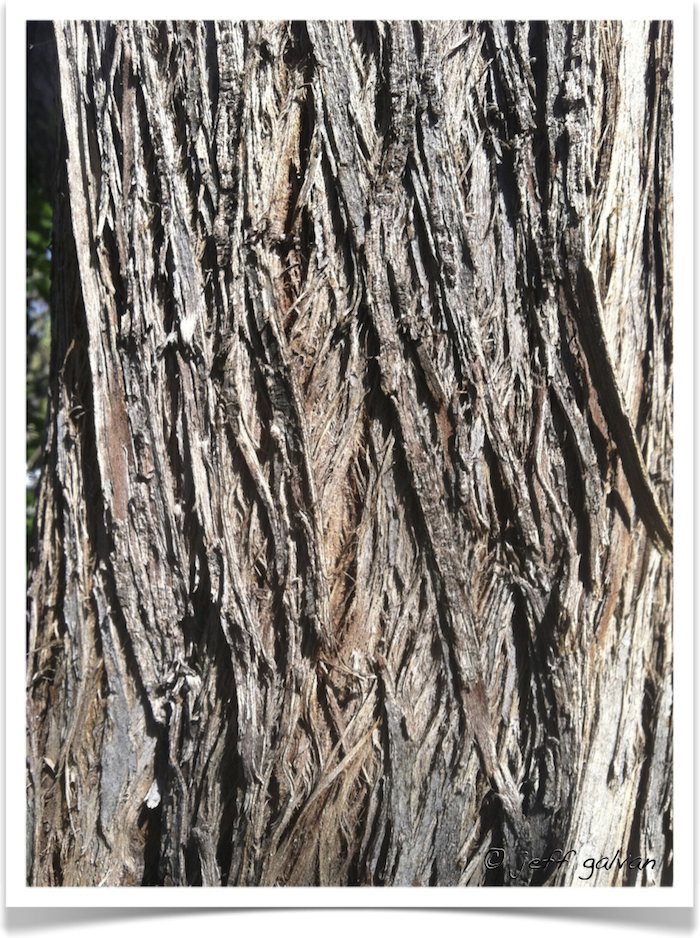
Russian Olive Identify By Bark Boulder Tree Care Pruning Tree Removal Services
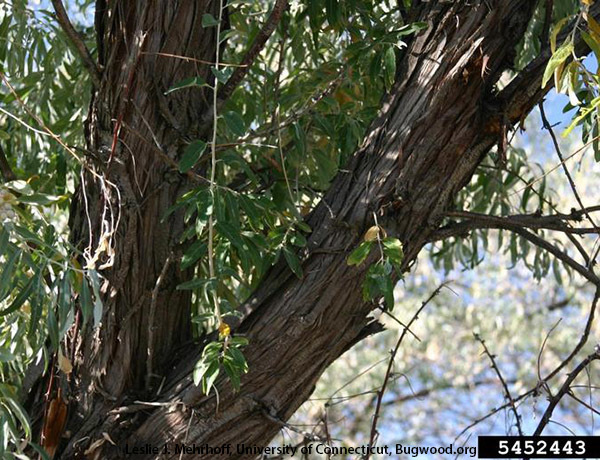
Washington State Noxious Weed Control Board
Elaeagnus Umbellata Autumn Olive Minnesota Wildflowers
Minnesota Seasons Russian Olive
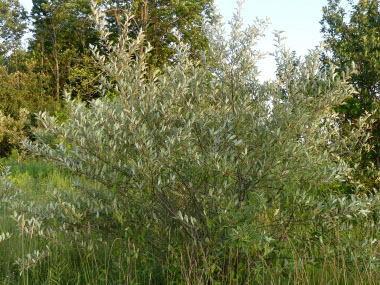
Autumn Olive Identification Leaves Bark Habitat Elaeagnus Umbellata
